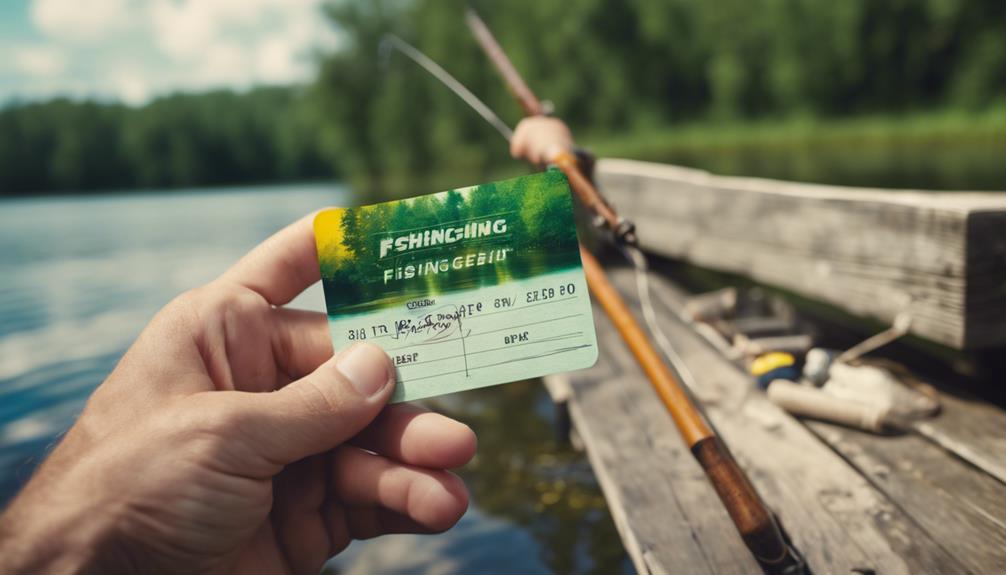Fly fishing is not just a method of catching fish; it’s an art form that combines skill, patience, and a deep appreciation for nature. If you’ve ever been curious about this unique fishing technique or are looking to improve your skills, this comprehensive guide will provide you with essential information about fly fishing, from its history to techniques, gear, and locations to explore.
Understanding the Basics of Fly Fishing
Fly fishing is distinguished from traditional fishing methods by its use of artificial flies as bait. These flies are crafted to resemble insects or other food sources that fish commonly consume. The fly is attached to a lightweight line, enabling anglers to cast with precision. Unlike traditional fishing, where weight is used to cast the line, fly fishing relies on the weight of the line itself to propel the fly into the water. Understanding these fundamentals is crucial for anyone looking to master the art of fly fishing.
The History of Fly Fishing: A Journey Through Time
The origins of fly fishing can be traced back to ancient civilizations, with some of the earliest records found in Roman texts. However, it was during the 19th century that fly fishing began to gain popularity as a sport. Iconic figures such as Izaak Walton and Charles Cotton helped to promote the practice, leading to the establishment of fly fishing clubs and communities. Today, fly fishing has evolved into a global pastime, attracting enthusiasts from all walks of life. Understanding this history can enrich your experience and appreciation for the sport.
Choosing the Right Gear for Fly Fishing
Selecting the appropriate gear is a fundamental step in fly fishing. The essential components include a fly rod, reel, line, and flies. When choosing a fly rod, consider the length and weight, as these factors will affect your casting ability and the types of fish you can target. A good quality reel is also essential, as it helps manage the line during a catch. Fly lines come in various types, including floating, sinking, and intermediate lines, each suited for different fishing conditions. Finally, selecting the right flies—whether dry flies, nymphs, or streamers—is crucial to attracting fish.
Fly Fishing Techniques: Mastering the Art
There are various techniques in fly fishing that every angler should learn to enhance their effectiveness. One of the most fundamental techniques is casting, which includes methods like the overhead cast and roll cast. Practicing these techniques will improve your accuracy and distance when casting. Another critical skill is reading the water, which involves understanding where fish are likely to be based on current, structure, and underwater habitat. Additionally, mastering the retrieve technique, which is the way you retrieve the line after casting, is vital for enticing fish to bite.
Understanding Fish Behavior: Key to Successful Fly Fishing
To become a successful fly fisherman, it’s important to understand fish behavior. Different species of fish have varying feeding habits and preferences, influenced by factors such as time of day, weather conditions, and seasonal changes. For example, trout tend to feed more actively during the early morning and late evening. Being aware of these patterns can significantly increase your chances of a successful catch. Additionally, knowing the types of insects present in the environment will help you choose the right fly to mimic their natural prey.
Top Locations for Fly Fishing: Where to Cast Your Line
When it comes to fly fishing, location is everything. There are countless rivers, lakes, and streams around the world that offer excellent fly fishing opportunities. Some of the top locations include the pristine rivers of Montana, the trout-filled streams of Colorado, and the scenic lakes of the Pacific Northwest. Additionally, international destinations such as New Zealand and Patagonia are renowned for their fly fishing experiences. Researching and planning your trips to these locations can lead to unforgettable fishing adventures and a chance to connect with nature.
Fly Fishing Etiquette: Respecting the Environment and Fellow Anglers
As with any outdoor activity, practicing good etiquette while fly fishing is essential. This includes respecting the environment by following catch-and-release practices, minimizing your impact on the ecosystem, and adhering to local regulations. Additionally, being courteous to fellow anglers by giving them space and following the proper right-of-way rules on the water is crucial. These practices not only ensure a positive experience for everyone but also help preserve the beauty of nature for future generations.
Continuing Your Fly Fishing Journey: Resources and Communities
Embarking on your fly fishing journey can be both exciting and overwhelming. Fortunately, numerous resources are available to help you learn and connect with other enthusiasts. Online forums, local fly fishing clubs, and social media groups can provide invaluable tips, advice, and camaraderie. Additionally, consider investing in books or online courses that delve deeper into specific techniques, fly tying, and conservation practices. Engaging with the fly fishing community will enhance your skills and deepen your appreciation for this incredible sport.
In conclusion, fly fishing is a captivating blend of art, skill, and nature that offers a fulfilling experience for those willing to learn. By understanding the basics, choosing the right gear, mastering techniques, and respecting the environment, you can embark on a rewarding fly fishing journey. Embrace the tranquility of the water, enjoy the thrill of the catch, and become a part of the vibrant fly fishing community. Happy fishing!
